Why radio news is still king
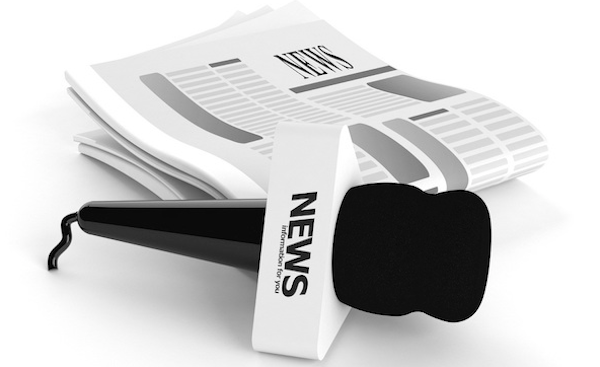
‘Miracle’ is a term that gets bandied around a lot these days, but the Beaconsfield mine rescue back in 2006 would have to come pretty close.
Clinton Maynard remembers that day better than most, because he was there.
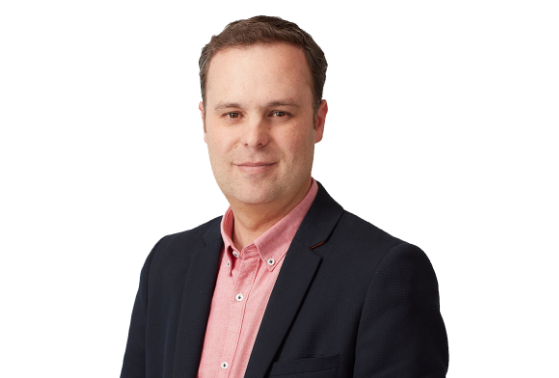
Covering the mine collapse for Sydney’s 2UE, Maynard (pictured above) spent a fortnight in Tasmania’s north east, basically living and sleeping in a hire car.
He was there on the scene when Brant Webb and Todd Russell inexplicably emerged alive, after spending two weeks trapped nearly a kilometre underground in a cage roughly the size of your average dog kennel.
And he was able to convey the overwhelming emotion of their survival to the tens of thousands of radio listeners who hung onto his every word.
![]()
“Over more than 20 years, I’ve seen a lot,” says Maynard, now Senior Network Reporter at Nine Radio‘s 2GB.
That’s putting it mildly.
A day out from the centenary of Australian commercial radio, Maynard is reflecting on the news stories that changed our lives, and how radio made us aware of them.
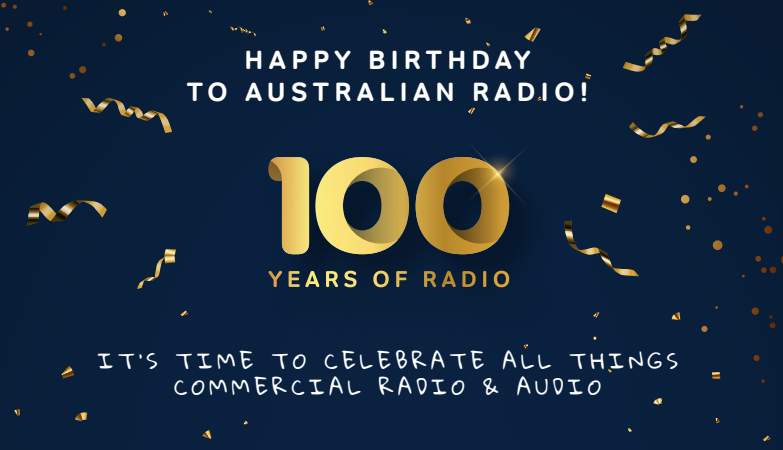
When Schapelle Corby was arrested in Bali – accused of drug smuggling – Maynard was sent over to cover the story.
He was there in that oppressively hot courtroom the day that Corby was sentenced to 20 years in prison.
He broadcast the verdict live across the country.
More recently, Maynard was among the hundreds of thousands of people on the streets of central London for Queen Elizabeth‘s funeral and procession through the city.
“Being able to witness history as a reporter is a pretty special thing,” he says.
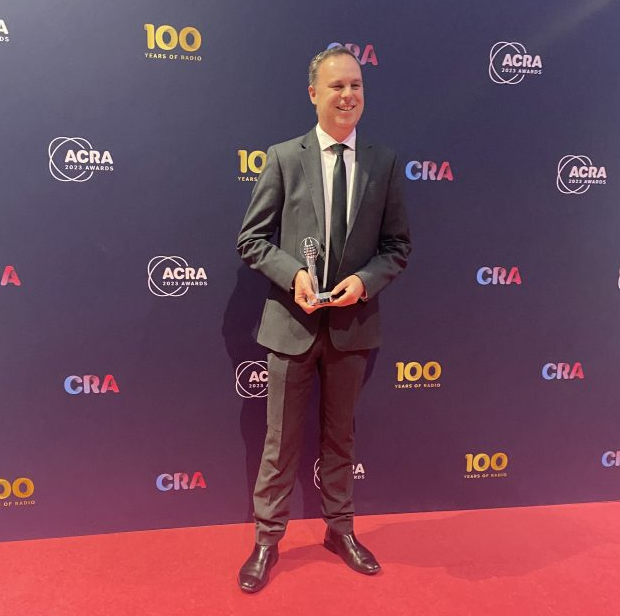
A century after commercial radio began in Australia, Maynard – who won the Brian White Award for Excellence in Journalism (Metro) at this year’s ACRAs – says when it comes to immediacy, there’s simply nothing that rivals radio news.
“It delivers big national and international news stories as they happen, but where it thrives is live coverage of local events.”
Maynard says unlike most other forms of media, radio news still gives listeners live information when they need to hear it.
“From a political scandal to a shocking crime, a natural disaster, through to chaos on the roads and public transport network, the service gives listeners vital information as it’s happening.”
Maynard points out that unlike TV, internet news services and social media, radio news can be consumed while a listener is doing other things such as driving, and therefore remains a critical part of the media landscape.
He says that in a world of constant change, radio news remains resilient, though the competition among media outlets has changed.
“When I first started in the late 90s, there would be radio reporters from five or six Sydney stations at the scene of a story. That is not the case anymore.”
But he says there’s still intense competition to be first with the news.
“Free to air TV networks run more news bulletins, there are two 24/7 news networks and social media is of course huge.”
The most dramatic change Maynard has observed during his time in the journalism has been arrival of the smart phone.
“When I first started, I used a very basic mobile and tape recorder.”
“Now, I can present stories live from anywhere at near studio quality. I can research stories, record press conferences and interviews and edit longer form complex audio packages all from the one small device.”
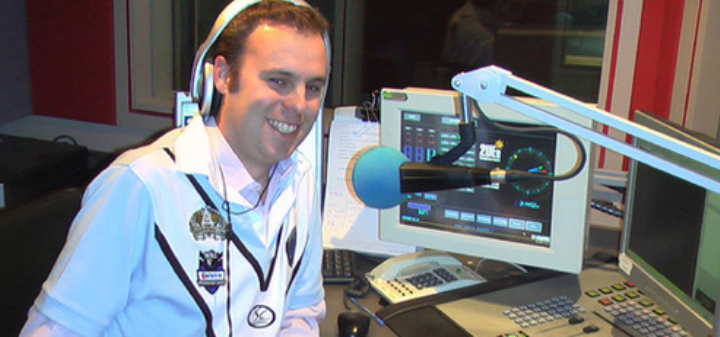
Maynard believes radio news will continue to thrive in a live and local environment.
He says that while podcasting is exploding, it doesn’t deliver news information in the immediate way radio news can.
“Radio networks can compete with the podcasting world and social media by continuing to provide live coverage of events that matter to people.”
Traffic jams are just one example.
“That is the sort of content that is never going to feature on a podcast,” says Maynard.
“But providing a listener with vital, instant information on an event like that can be the difference between them having a good or a bad day.”

Fiona Ellis-Jones (pictured above) agrees that radio news continues to be a vital source of information.
The experienced broadcast journalist currently leads a team of over 70 metro and regional journalists as the Head of News and Information at ARN.
Of radio’s 100 year milestone, Ellis-Jones says “In an era dominated by digital media, I love that radio remains accessible to such a broad audience.”
“There is something special about the way it fosters a sense of community – delivering local stories and events that connect people to the issues affecting their immediate surroundings.”
As far as big news stories go, Ellis-Jones says the COVID-19 pandemic stands out as one of the defining moments of our generation.
“I remember those first, scary months on air, when we would mount rolling coverage for hours on end.”
Ellis-Jones was on air the day reports started filtering through that Malaysia Airlines Flight 370 was missing, and also when MH17 was brought down over eastern Ukraine a few months later.
“I remember the audible gasp in the newsroom when reports came through that 38 Australian citizens or residents were on board,” she says.
For Ellis-Jones, natural disasters always have a personal impact, due to the sheer magnitude of the human toll.
“I was on air for the 2009 Black Saturday fires in Victoria, the 2019-2020 Black Summer bushfires in New South Wales, the 2010 Queensland floods and then Cyclone Yasi.”
But there have been plenty of uplifting stories, too.
“Adam Scott’s 2013 Masters win. The Beaconsfield mine rescue. When little Cleo Smith was found alive and well.”
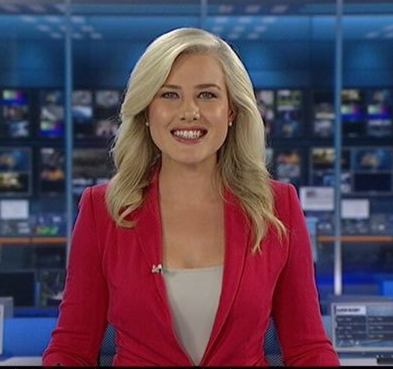
There are those at the coalface who are quick to assert that rumours of radio’s impending demise have been greatly exaggerated.
“I’ve been in radio long enough to remember the warnings in the mid 2000s that our medium ‘was dying,’” says Ellis-Smith.
“Back then, pundits were quick to predict the demise of radio to digital platforms. And I admit I was spooked and jumped to TV.”
But Ellis-Jones says what followed was a remarkable transformation.
“’Audio’ was reimagined – paving the way for a profound diversification and fragmentation of the industry. News organisations evolved, in order to stay relevant.”
Some things haven’t changed, though.
“Our commitment to quality journalism remains as steadfast as ever. We continue to keep localism at our core.”
“We value diverse voices and strive to look and sound like modern-day Australia. Our craft remains the same, it’s just the methods of distribution have evolved slightly.”
Ellis says today, news is hot property in podcasts.
“We know listeners are hungry for it and brands enjoy aligning to its premium nature. We see this as a huge opportunity at ARN, given we have journalists in so many far-flung locations across the country.”
“Our news on-demand is just as important as our news on-air. We commission digital-first news content, that has a life beyond the top of the clock.”
For Ellis-Jones, greater personalisation is the holy grail.
“Our podcast Your News Now enables listeners to stay informed about the stories that matter to them, by using audience location data and preferences.”
“It has given us a whole new avenue for bespoke and relevant content opportunities.”
“Customised news means a more intimate connection with the audience.”
Australian commercial radio celebrates 100 years tomorrow, November 23rd.
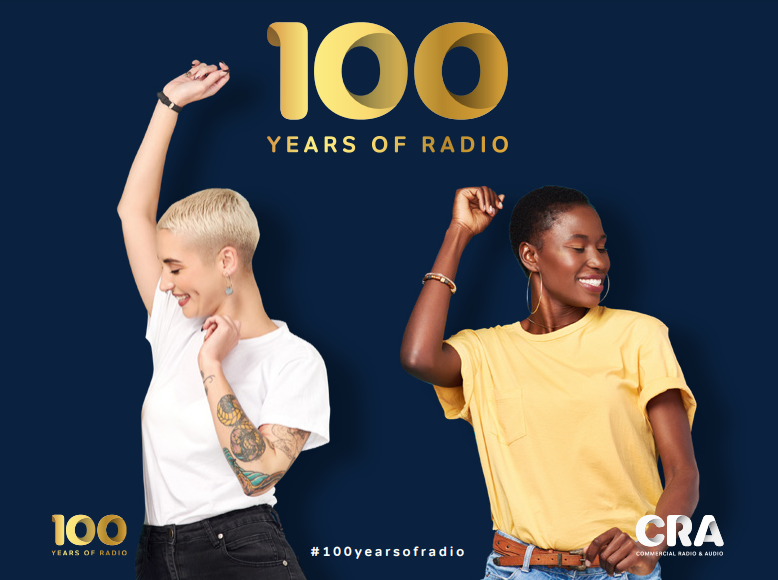
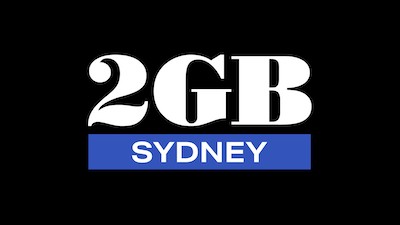


Then why are SCA running AI weather reports?